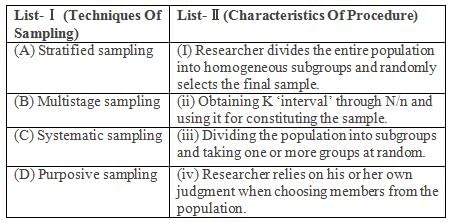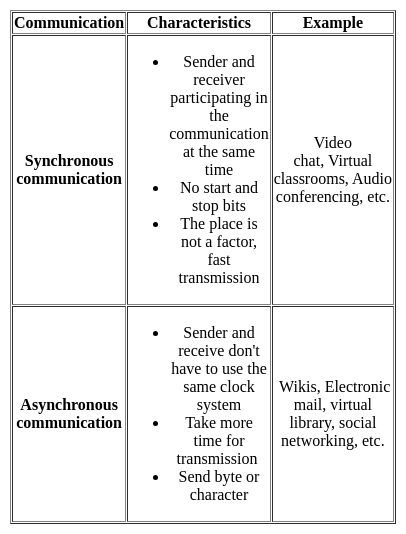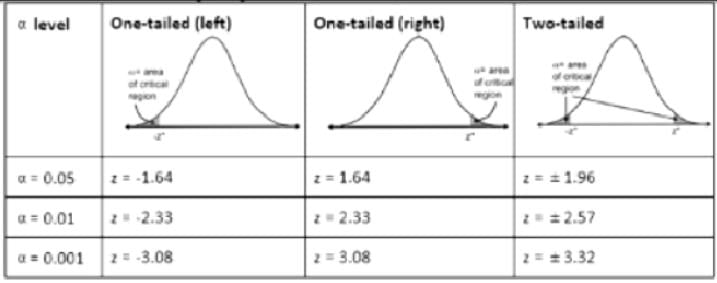UGC NET Paper 2 Education Mock Test - 9 - UGC NET MCQ
30 Questions MCQ Test UGC NET Mock Test Series 2025 - UGC NET Paper 2 Education Mock Test - 9
Which of the following methods need to be adopted by the teachers to meet the challenges of Generation-Y learners?
1) Adopting interactive technologies in teaching
2) Encourage the independent thinking
3) Use of Lecture Method
4) Use of Team Teaching
_________ education is the belief that schooling needs to be solidly grounded in democratic values of associated living.
According to NCF 2023, the Curricular Goal for the Foundational Stage is to:
Synchronous communication takes place through which of the following technologies?
A. Video chat
B. Virtual classrooms
C. Audio conferencing
D. Wikis
E. Electronic mail
Choose the correct answer from the options given below:
Identify from the following those features of key behaviours which are contributive to the effectiveness of teaching
A. Lesson clarity which implies making ideas clear to the learner
B. Questioning - implying fact and based questions
C. Probing involving eliciting and soliciting moves
D. Teacher - task orientation with a focus on outcomes of the unit clearly defined
E. Engagement in the learning process which implies the amount of time students devote to learning.
Choose the correct answer from the options given below:
What do knowledge, comprehension, application, analysis, synthesis and evaluation belong to?
What is the purpose of the e-inclusion initiative?
Young adolescents rebel to express their..........
You bringing your pupil for a monument visit outside your city. A father is reluctant to send his child for this. What will you do?
Sir Syed strongly attacked the..........of Islam who preached and propagated unwise conventions, corrupt customs and evil ways of life.
The most important trait of philosophy is
Which educational organizations are selected for developing high quality textbooks according to NEP 2020?
Practical knowledge of language is learnt at-
Which educational activity is most desirable to the pragmatist?
Given a Mean=100; SD=20 ; and N = 100. Which one of the following will be the correct statement for indicating the possibility of population mean at 0.01 level of confidence?
Who was the first Chairman of University Grant Commission?
Kindergarten (KG)system of education is indebted to
According to Rousseau at what age a person ready to have a companion of the opposite sex?
Match the items in List - I (Techniques of sampling) with that of List - II (characteristics of procedure). Choose appropriate code for your answer:

Creativeness and originality are processes of arranging well known facts and principles in new relationships so that whatever is intended may be achieved more effectively. In other words this means:
The..........says we are motivated to gain rewards and avoid punishments.
|
92 docs|125 tests
|
































